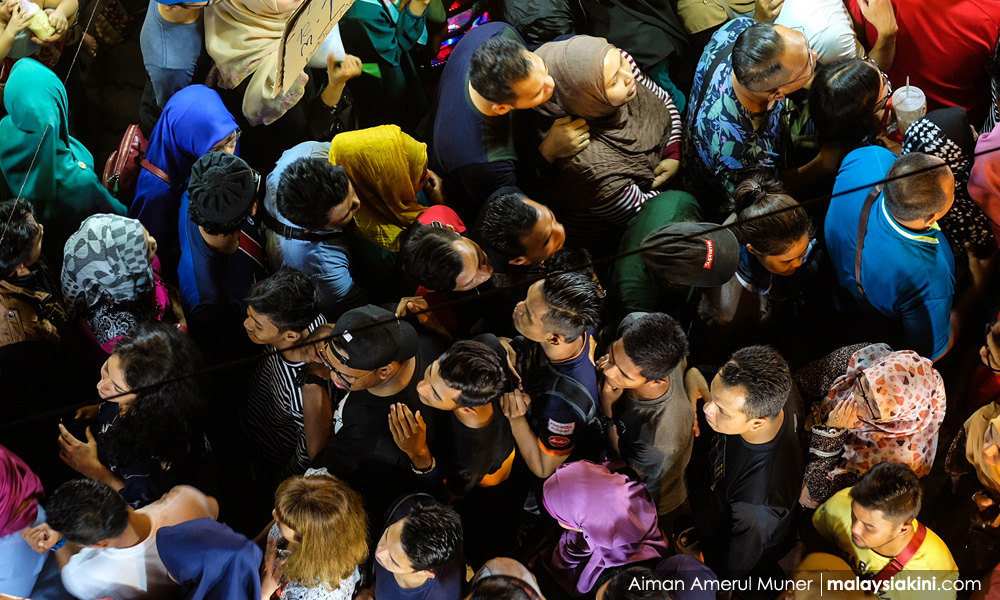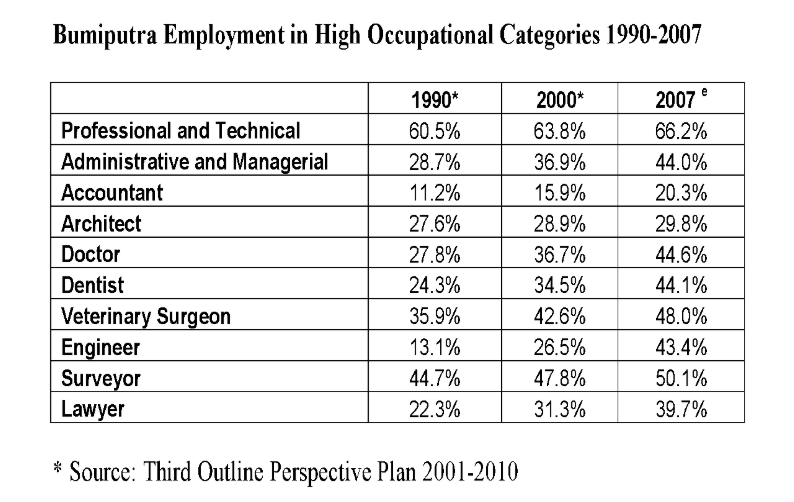
A possible beneficial outcome of the controversy over the matriculation programme is the opening up of valid and trustworthy data on Malay participation in higher education and professional fields for public scrutiny.
This is important and necessary so that stake players and politicians such as Education Minister Maszlee Malik do not confuse themselves or confuse others on the real extent to which the Malay community is lagging behind other communities.
The data is also important as it will inform on whether past efforts at corrective policies have been successful or unsuccessful. This can then assure the public that the alleged imbalance in higher education and professions is based on facts and accurate data; and is not trotted out for political or racially opportunistic reasons.
In this respect, it is encouraging to see that the UiTM vice-chancellor has come out with figures showing the lack of progress of bumiputera participation in two fields - medical (49 percent of total doctors) and engineering (34 percent of total engineers).
These figures do give the impression of a stagnation or decline in bumiputera participation in the two fields at least over the past decade.
However, the figures that Prof Mohd Azraai Kassim cites come from non-official sources so there can be an issue of reliability. Also, they provide only a partial picture as they relate to only two occupational categories.
It is obvious that data from non-official sources need to be compared with that emanating from government sources to enable a more objective and even-handed assessment of whatever topic is under scrutiny.
A more holistic and comprehensive perspective of Malay participation is obtainable from the official data on bumiputera employment in 10 areas of high occupational categories found in the Third Outline Perspective Plan, 2001-2010. In fact, the data from this official source shows an encouraging and upward trend of bumiputera participation in key sectors for the period 1990 to 2007.

Key questions
Today, 12 years after the authoritative picture of bumiputera participation provided by the BN government, has there been a regression or stagnation of the bumiputera position in the 10 high occupational areas to justify concern and the continuation of discriminatory policies?
If the answer to this key question is yes, it must be backed up and confirmed by data which is unbiased to have any credibility. It is also best that this answer be provided by the appropriate authoritative agency rather than by individuals so that it can become the basis of policy deliberation at the highest level of government.
In fact, data from UiTM where non-Malays are not permitted entry indicates that more than a million bumiputera, predominantly Malays, have graduated from that one university alone since it was established.
As there are 20 public universities and even more polytechnics in the country with all of them having a Malay majority enrolment, this makes it scarcely believable that the Malays are still lagging so far behind in the higher education and professional fields as postulated by some quarters.
A related consideration is that it may precisely be the massive over-production of Malay graduates and professionals which has led to the inability of the job market to absorb them. This over-production and lack of labour market appeal should be the focus of policy concern as much as the racial bias of employers.
However, if the answer is no, then there is no justification whatsoever for the racial quota policies currently in place to bridge what is an illusory racial gap.
And again, if the answer is yes - Malay participation is still lagging badly and thus warrants 90 percent of allocated matriculation places - a key question is:
Why have the 20 public universities and UiTM which have taken up so much of the nation’s budgetary resources - tens if not hundreds of billions of ringgit at least since 1990 - not been able to do better in bridging the racial higher education and professional gap?
A “yes” response also needs to be further analysed to find out whether it is Peninsular Malay or Sabah and Sarawak bumiputera participation that is lagging. If it is the latter, then what is needed is a different policy strategy that can secure the harmony and social justice ends that the UiTM VC has advocated.
Hopefully, the UiTM and USM vice-chancellors and others defending the matriculation quota can respond to these questions so that we can light a candle rather than curse the darkness on this issue.
LIM TECK GHEE is a public policy analyst and author of the book - ‘Challenging Malaysia's Status Quo’. - mkini



No comments:
Post a Comment
Note: Only a member of this blog may post a comment.